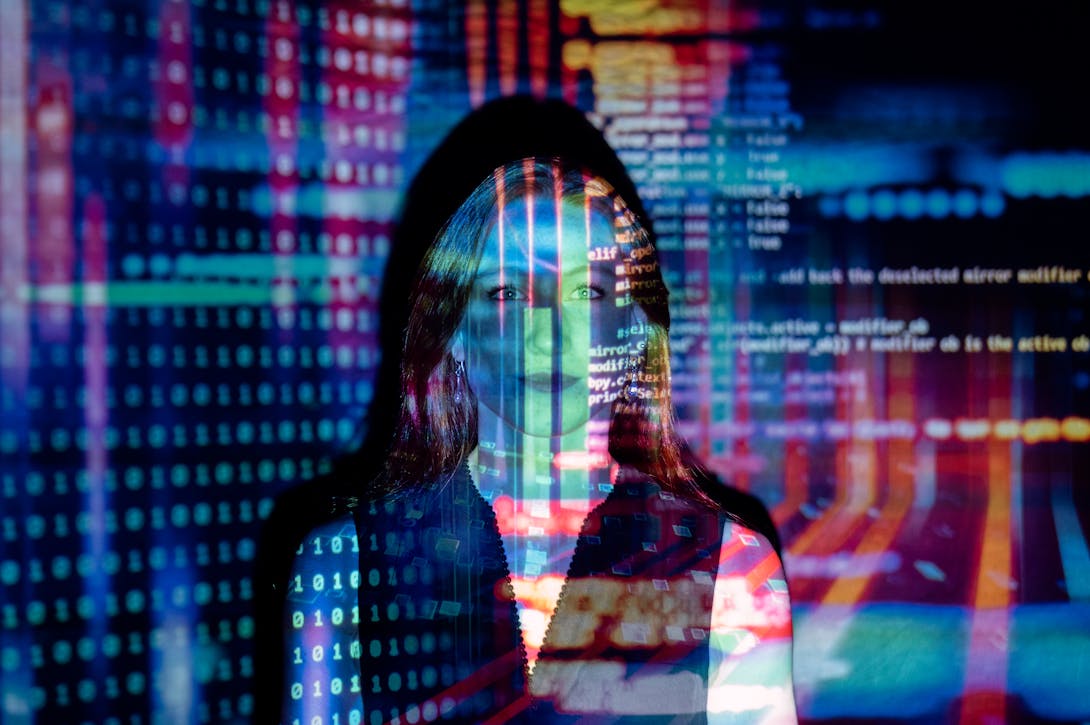Tag: AI
All topics
-

Deep Fakes and the AI Act: an Important Signal or a Missed Opportunity?
How are deepfakes regulated by the AI Act? What are the main shortcomings of the…
-

Mediated Trust: From the open Internet to artificial intelligence
Trust is a critical driver for AI adoption. If people do not trust AI, they…
